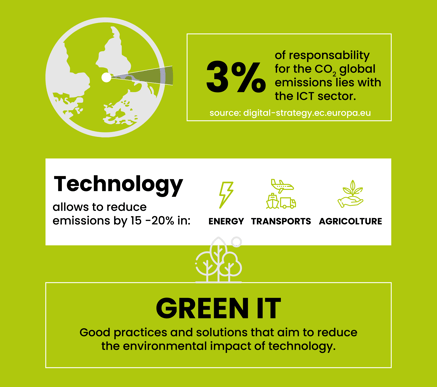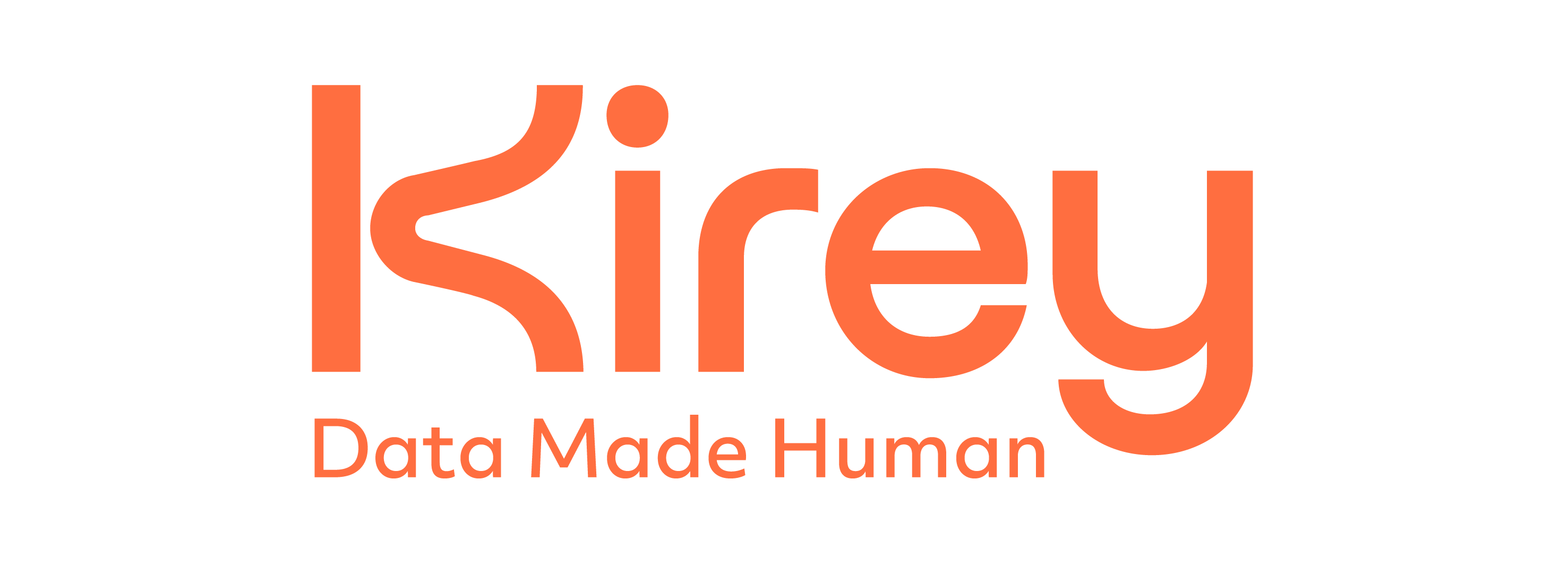Technology plays a key role in the energy transition of energy-intensive industries and manufacturing sectors, but how sustainable is the ICT world itself?
by Rodolfo Graziano, Software Designer
In recent years, energy has become a crucial issue for the future of the planet: reducing CO2 emissions is one of the most urgent strategic goals for countries in the EU and around the world. Thus, energy production and consumption have quickly climbed the ranks of industrial and political interests at discussion tables. But, what role does the ICT world play in this context? The latest EU figures see ICT responsible for about 3 percent of global CO2 emissions, and this is expected to grow in the next years. On the other side, technology can reduce emissions by 15-20% in sectors such as energy, transport, and agriculture. If it is imperative to think about the increasing role of technology in the energy transition path of all kinds of industries, on the other hand, it is necessary to be aware of the emissions generated by the ICT world itself and to evaluate possible ways to reduce them. It is precisely for this reason that green IT is gaining popularity. We’re talking about practices and principles aimed at reducing the environmental impact of the IT world, touching on various areas of intervention.

Green coding, green datacenter and green cloud: what it's all about
When we talk about green IT we generically indicate all good practices and solutions that aim to reduce the environmental impact of technology. Within this broad scope, more specific areas can be identified. Green coding, for example, represents a set of practices that aim to optimize the code and energy consumption required to execute algorithms. This is complemented by procedures to improve network utilization, including practices for orchestrating cloud services: in these cases, we speak of green datacenter and green cloud.
Energy Efficiency in Cloud Services
Cloud services, with their associated datacenters, represent an important slice of ICT consumption and have become the subject of a 2019 European Regulation, which establishes rules for the eco-friendly design of servers and data storage products. This attests to the fact that the efforts in Green IT are focusing on this area. Not only with regard to machine optimization but also considering heat dissipation: a significant part of data center consumption, in fact, is generated by the space cooling systems necessary for the environments not to overheat.
How to optimize the sustainability of IT infrastructure
In practice, there are various optimization techniques that can be used to minimize consumption and waste, ranging from the micro-management level to the macro-management level. One of the simplest examples of micro-management? Load balancers, installed on equipment, which redirect application load to the cooler areas of the plant, thereby minimizing dissipation costs. An example of macro-management, on the other hand, is the reuse of heat energy produced, for example, through district heating plants. Or again, considering the global nature of modern cloud software, it is possible to migrate workloads based on earth rotation and other factors to make the most of renewable energy, such as wind or solar.
Maximizing Energy Efficiency Through Smart Software Development
Infrastructure energy conservation is, as we have seen, a major issue. However, this should not distract from the responsibilities of intelligent software development. On the one hand, the proper implementation of optimized code - without redundant or superfluous parts - can reduce energy waste, in addition to computationally efficient algorithms with contained operations and fast execution times. On the other hand, the strategic use of data caching policies can result in huge savings by avoiding constant updates that overload network usage. Other examples may be the use of queuing and/or socket systems, which, if implemented correctly instead of rudimentary pooling algorithms, can contribute significantly to optimizing consumption.
Green IT, saving energy is saving money
These are just some of the best practices that are emerging in the area of code and infrastructure sustainability. This issue is a top priority for a large number of organizations for several reasons. First, many of them have set concrete goals to reduce their environmental impact, in line with the United Nations 2030 Agenda for Sustainable Development, and are moving toward the ambitious zero-emissions goal, which will necessarily have to involve IT as well. Secondly, more and more companies have embarked on a path of innovation thanks to IoT technologies, coming to manage a considerable amount of micro-digital equipment, each of which could consume less if the software was optimized according to the logic of green coding.
Finally, in the long run, energy savings equate to economic savings. So, it is in everyone's interest to continue to develop best Green IT practices and solutions to make the ICT world a little greener.
Want to learn more about ways to optimize your cloud infrastructure or code? Fill the form to get in touch with our experts!
